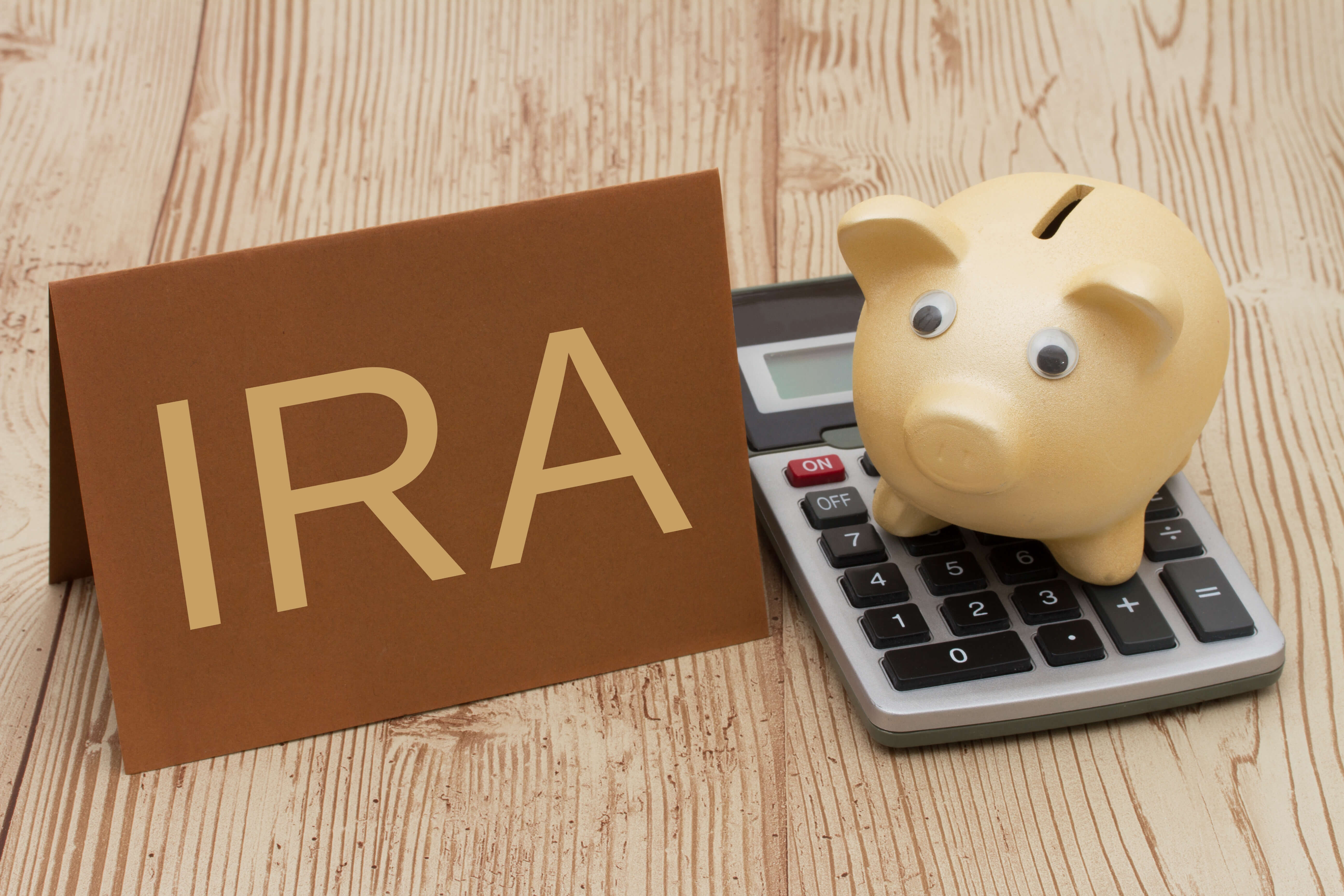Employer Sponsored Retirement Plans
What is an Individual Retirement Account?
 An Individual Retirement Account is an investing tool used by individuals to earn and earmark funds for retirement savings. There are several types of IRAs as of 2018: Traditional IRAs, Roth IRAs, SIMPLE IRAs and SEP IRAs. Sometimes referred to as individual retirement arrangements, IRAs can consist of a range of financial products such as stocks, bonds, or mutual funds.
An Individual Retirement Account is an investing tool used by individuals to earn and earmark funds for retirement savings. There are several types of IRAs as of 2018: Traditional IRAs, Roth IRAs, SIMPLE IRAs and SEP IRAs. Sometimes referred to as individual retirement arrangements, IRAs can consist of a range of financial products such as stocks, bonds, or mutual funds.
Traditional and Roth IRAs are established by individual taxpayers, while SEP and SIMPLE IRAs are retirement plans established by small business owners and self-employed individuals.
Individual Retirement Account(IRA)
Most often, an IRA is a retirement arrangement that is established by an individual affording you the opportunity to save for your retirement by making contributions into your account. Employers however can also help their employee’s setup an IRA and help them fund their IRA. Contributions to your IRA can be made in one of three ways:
Types of IRA’s:
SIMPLE IRA
This plan allows employees to contribute a percentage of their salary each paycheck and requires employer contributions. Under SIMPLE IRA plans, employees can set aside up to $12,500 in 2016 ($15,500 in 2016 if age 50 or older) by payroll deduction (subject to cost-of-living adjustment in later years). Employers must either match employee contributions dollar for dollar, up to 3 percent of an employee’s compensation, or make a fixed contribution of 2 percent of the compensation for all eligible employees even if the employees choose not to contribute.
If your plan provides for it, you can choose to automatically enroll employees in SIMPLE IRA plans – As long as the employees are allowed to choose not to have their salary reduction contributions made to their SIMPLE IRA’s or to have salary reduction contributions made in a different amount.
SIMPLE IRA plans are easy to setup. You fill out a short form to establish a plan and ensure that SIMPLE IRA’s (to hold contributions made under the SIMPLE IRA plan) are established for each employee. A financial institution can do much of the paperwork as the administrative costs are low.
You may have your employees setup their own SIMPLE IRA’s at a financial institution of their choice or have all SIMPLE IRA’s maintained at one financial institution you choose. Employees can decide how and where the money will be invested, and keep their SIMPLE IRA’s even when they change jobs.
Simplified Employee Pension Plan
Each year, you the employer, decides how much to put into a SEP. This benefit allows business owners flexibility when business conditions vary. A business of any size, even self-employed, can establish an SEP
A SEP plan allows employers to set up SEP IRA’s for themselves and each of their employees. Employers generally must contribute a uniform percentage of pay for each employee, although they do not have to make contributions every year. Employer contributions are limited to the lesser of 25 percent of pay for $53,000 for 2016. (Note: the dollar amount is indexed for inflation and may increase.) Most employers, including those who are self-employed, can establish an SEP.
SEP’s have low start-up and operating costs and can be established using a two-page form. You can also decide how much to put into an SEP each year – offering you some flexibility when business conditions vary.
Payroll Deduction IRA
Page Last Reviewed: 11/27/17
contact Vermillion Financial Advisors today.
PREVIOUS
« What is a Qualified Retirement Plan?
NEXT
Top 10 benefits of offering a retirement plan to your employees »

